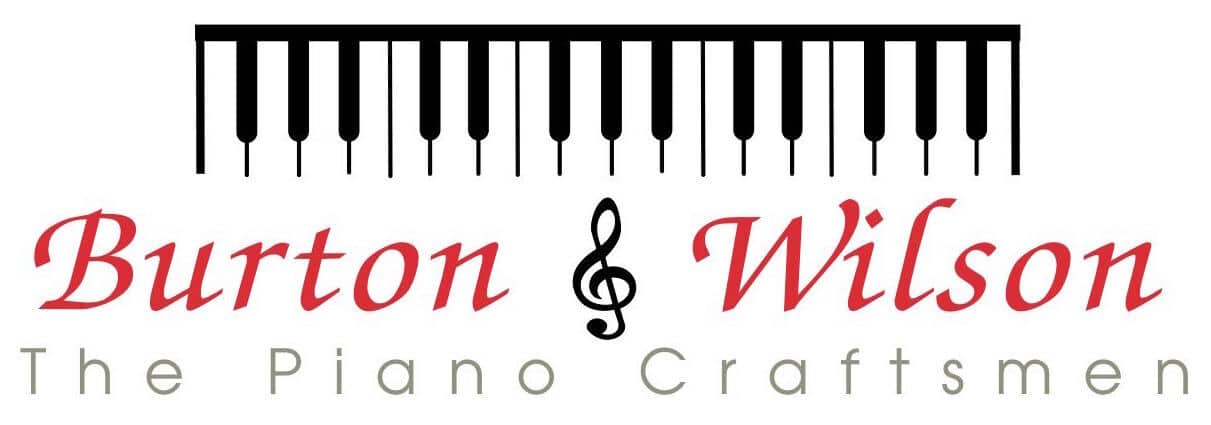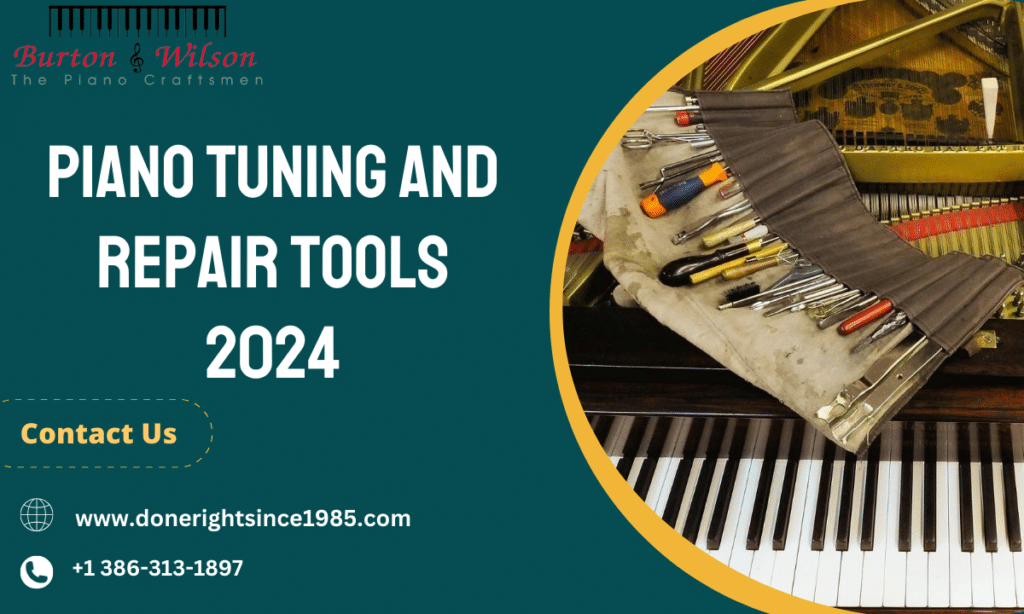Are your piano keys starting to sound off? Or does the piano feel different when you play? It might be time to consider piano tuning and repair. Like any other musical instrument, a piano requires regular maintenance to deliver its best performance. But what does tuning and repairing a piano involve, and why is it so crucial for your beloved instrument?
This article will delve deeply into what piano tuning and repair entails, ensuring you understand every detail of this essential service.
What is Piano Tuning?
Piano tuning is the process of adjusting the tension of the strings in a piano to achieve satisfactory musical tones. This process requires precision and skill, as each string must be tuned to the correct pitch.
Why is Piano Tuning Necessary?
Over time, the tension of the piano strings gradually changes due to factors like humidity, temperature, and regular use. These changes can cause the piano to sound out of tune. Regular piano tuning ensures the instrument sounds harmonious and authentic to its designed tone.
How Often Should You Tune Your Piano?
The general recommendation is to tune your piano at least twice a year. However, if you play more frequently, you might need tunings more often to keep the piano sounding its best.
Piano repair involves addressing the mechanical issues that might occur in a piano over time. This can include fixing or replacing the strings, repairing the wood components, or even the keys.
Common Problems Requiring Piano Tuning and Repair
- Sticky keys
- Broken strings
- Soundboard cracks
- Damaged felt
These issues can affect the sound and playability of the piano, making repairs necessary to restore its original condition.
In the world of piano tuning and repair, precision is paramount. This precision is mainly reliant on the specialized tools that technicians use. Each tool serves a specific function, designed to interact delicately with the intricate parts of the piano. Here, we’ll explore these tools in more detail, clarifying how they contribute to maintaining a piano’s musical integrity and mechanical functionality.
Tuning Lever (Tuning Wrench)
The tuning lever, or wrench, is the most critical tool in the piano tuning process. This tool turns the tuning pins to which the piano strings are attached.
Adjusting these pins alters the tension of the strings, thus changing their pitch. The lever must be sturdy and fit the pins precisely to avoid slipping and potentially damaging the pins or the tuner’s hand.
Rubber Mutes
Rubber mutes are simple yet essential in the tuning process. They are used to silence one or more strings in a set of unison strings (most piano keys strike two or three strings) so that each string can be tuned individually without interference from its partners.
These mutes are typically tapered or shaped in a way that allows them to fit snugly between the strings, effectively isolating the sound.
Electronic Tuner
While many experienced tuners can tune pianos by ear, an electronic tuner can enhance accuracy, especially in noisy environments.
This device picks up the sound of a string and displays the pitch, helping the tuner make precise adjustments. It’s beneficial for initial rough tuning before fine-tuning by ear.
Voicing Tools
These tools are not strictly for tuning but are crucial for piano repair and sound adjustment.
Voicing refers to adjusting the piano’s hammers’ hardness, tension, and shape to change sound quality. Tools such as voicing needles, files, and specialized hammers are used to soften or harden felt on piano hammers, directly affecting the tone and volume of the piano.
Action Regulating Tools
The action is the mechanism in a piano that causes the hammers to strike the strings when a key is pressed.
Regulating the action involves adjusting springs, levers, and screws to ensure that each key moves smoothly and that the piano has an even, responsive touch. Tools like screwdrivers, spring hooks, and regulating levers are used extensively in this detailed process.
Key Leveling Tools
These are used to ensure that all piano keys are perfectly level when at rest and return to their position uniformly after being played. Tools like crucial dip blocks and leveling wedges help adjust the balance rail and critical slip to achieve a uniform critical level across the keyboard.
In the hands of skilled technicians, these tools enable the fine adjustments necessary for a piano to perform at its best. Regular maintenance using these tools not only preserves the quality of the piano’s music but also extends the life of this complex and valuable instrument.
Whether your piano is a cherished family heirloom or a concert hall staple, understanding and utilizing these tools through professional piano tuning and repair services like those offered by Burton & Wilson Piano ensures your piano remains a joyous and beautiful music source.
How Technicians Use These Tools
A professional piano technician uses these tools to carefully adjust each string’s tension and make precise repairs on the mechanical parts of the piano. This meticulous work ensures that the piano sounds good and operates smoothly.
End Note
Maintaining your piano with regular tuning and repair is crucial for anyone looking to enjoy their instrument fully. At Burton & Wilson Piano, we understand the importance of piano tuning and repair and are dedicated to providing the best service possible. Contact us today, and keep your piano sounding beautiful and playing perfectly!


 COCKTAILS & More
COCKTAILS & More